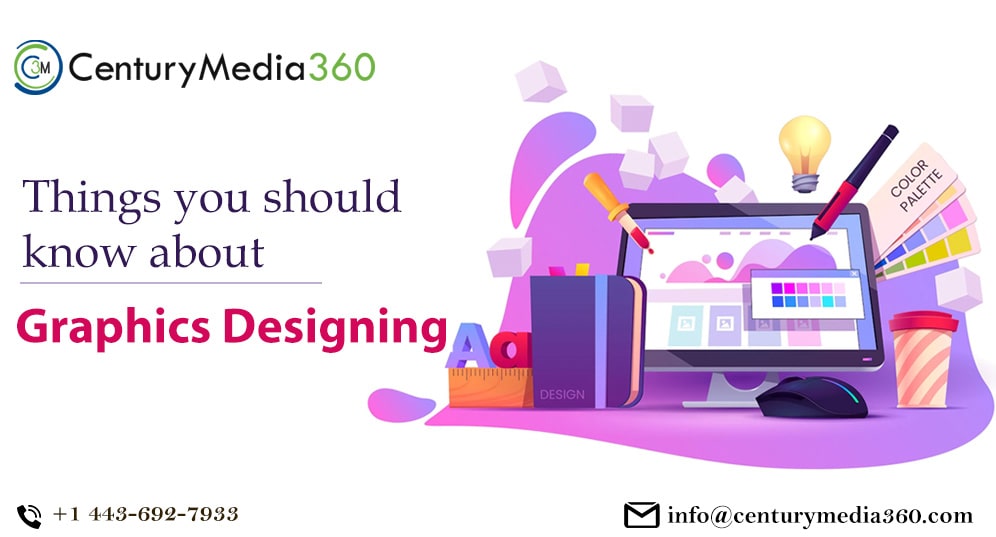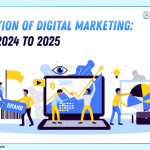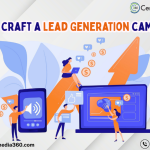Things You Should Know About Graphics Design

Introduction to Graphic Design
Graphics design is the process of creating visual content to communicate ideas and messages through the use of typography, imagery, and color. It encompasses a wide range of mediums, including print materials such as brochures and billboards, as well as digital media like websites and social media graphics. Graphic design is a crucial aspect of marketing and branding, as it helps businesses and organizations to effectively convey their message and stand out in a crowded marketplace.
If you’re considering getting into graphic design, there are a few key things you should know before diving in. Here are seven important points to consider:
Graphics Design Requires Both Creative and Technical Skills
While creativity is a crucial component of graphic design, it’s not the only skill you’ll need to succeed in this field. Graphic designers must also be proficient in design software such as Adobe Creative Suite, which includes programs like Photoshop, Illustrator, and InDesign. These tools allow designers to create and manipulate visual elements, such as images and typography, to create cohesive and effective designs. In addition to software skills, graphic designers should also have a strong understanding of design principles such as composition, color theory, and typography.
A Strong Portfolio is Essential for Success
Your portfolio is essentially a collection of your best work, and it’s often the first thing a potential employer or client will look at when considering you for a project. A strong portfolio showcases your skills and capabilities, and it should include a variety of projects that demonstrate your range as a designer. When creating your portfolio, be sure to include a mix of personal projects and professional work, and be sure to tailor your portfolio to the specific audience you’re targeting. For example, if you’re applying for a job at a marketing agency, you’ll want to include examples of marketing materials you’ve designed in the past.
There’s More to Graphic Design Than Just Making Things Look Pretty
While aesthetics are certainly important in graphic design, there’s more to it than just making things look visually appealing. Graphic designers must also be able to effectively communicate a message or concept through their designs. This means considering the target audience, the purpose of the design, and the overall tone and feel of the piece. In addition, graphic designers must be able to work within certain constraints, such as brand guidelines or budget limitations, and be able to effectively problem-solve when faced with challenges.
Graphics Design is Constantly Evolving
Graphic Design is an ever-evolving field, and it’s important for designers to stay current on the latest trends and technologies. This could mean learning new software, keeping up with design blogs and publications, or participating in design communities and events. Staying current not only helps you to stay competitive in the job market, but it also allows you to bring a fresh perspective and approach to your work.
Collaboration is Key
Graphic design is often a collaborative process, and designers must be able to work effectively with clients, team members, and other stakeholders. This means being able to take feedback and direction, as well as being able to communicate your own ideas and vision. In addition, designers must be able to work within tight deadlines and manage their time effectively.






